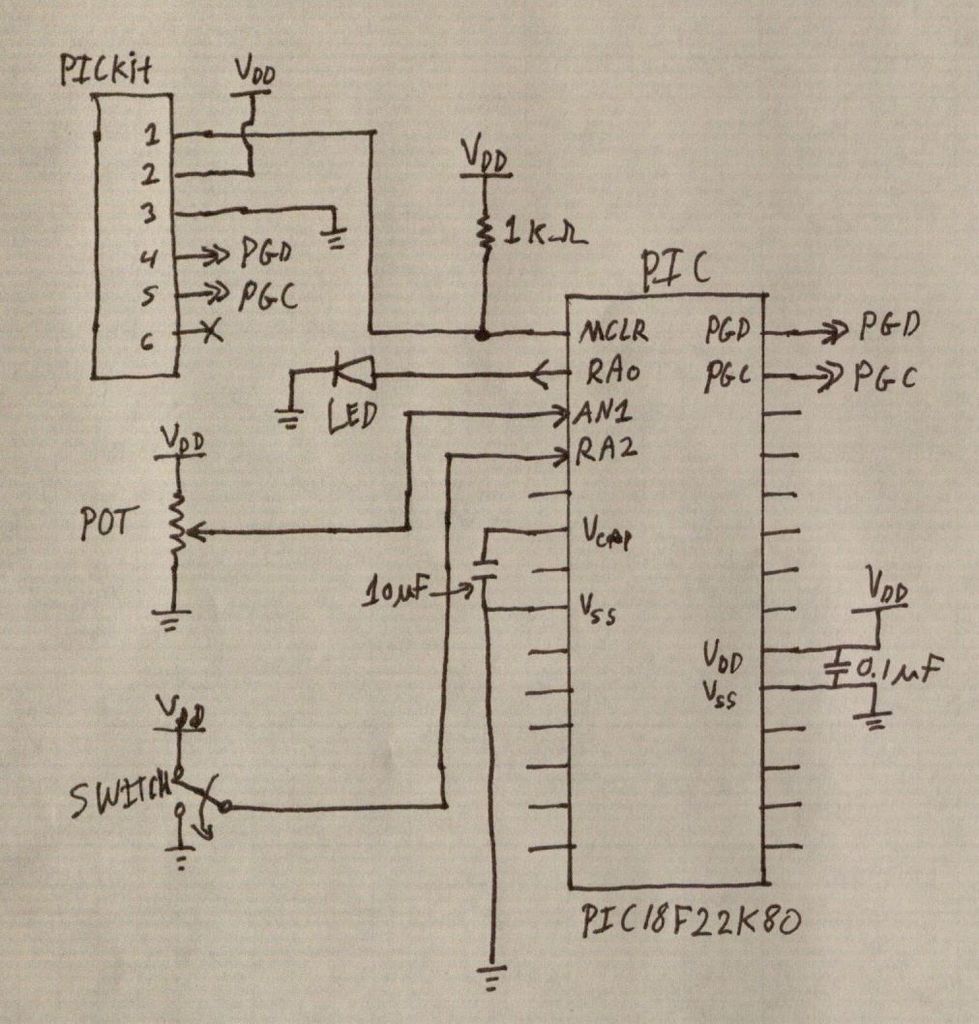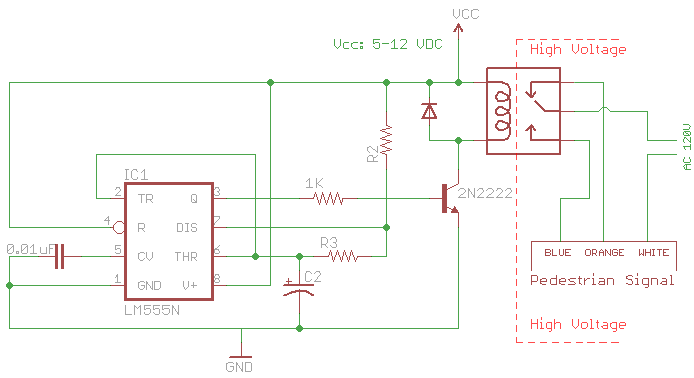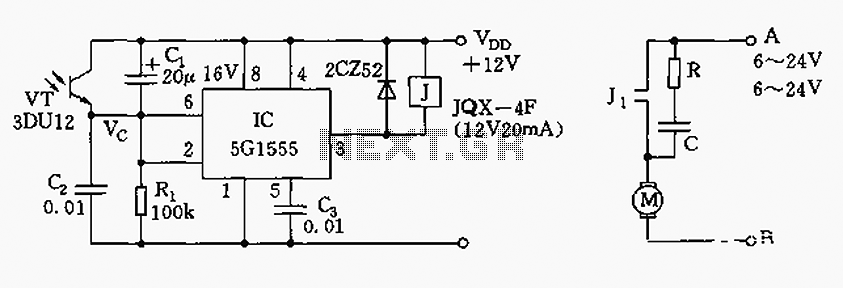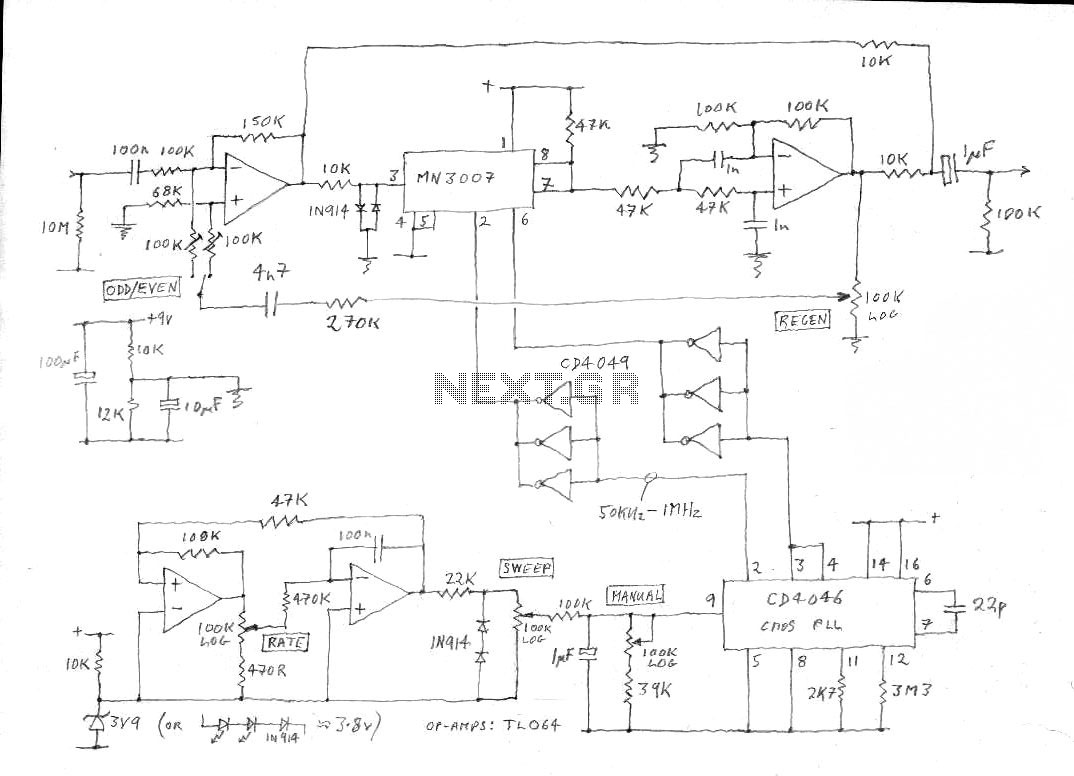
L497 HALL EFFECT PICKUP IGNITION CONTROLLER
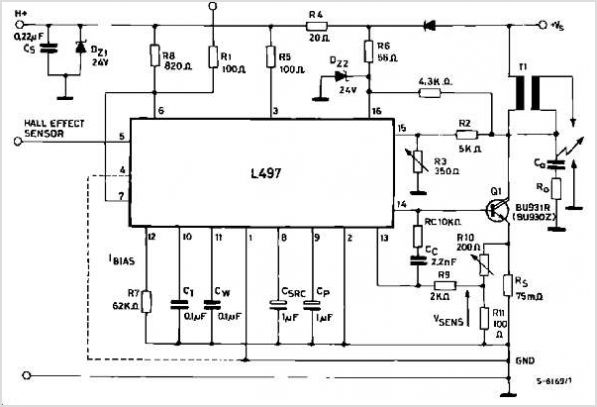
The LA1061M is an antenna switching controller designed for mobile radio equipment. It utilizes several inputs from the receiver circuitry to choose between the main antenna and a sub-antenna based on signal strength and quality. Weak and strong signals are identified using the S-meter DC voltage and the F.E. AGC voltage, respectively. Multi-path distortion is detected from the AC component of the IF output, employing the same high-sensitivity counter circuit found in Sanyo's earlier LA1060 device. An auxiliary circuit maintains the selection of the main antenna for a predetermined time period when reception conditions outside a moving vehicle fluctuate rapidly. This device is produced by Sanyo Semiconductor Corporation.
The LA1061M antenna switching controller is integral to optimizing radio signal reception in mobile environments. It features a sophisticated input system that assesses signal quality, enabling the selection of the most effective antenna. The S-meter DC voltage provides a direct measurement of signal strength, while the F.E. AGC voltage is employed to ascertain the quality of the signal being received. This dual-input strategy ensures that the controller can effectively differentiate between weak and strong signals, enhancing overall reception performance.
The detection of multi-path distortion is a crucial feature of the LA1061M. By analyzing the AC component of the intermediate frequency (IF) output, the controller can identify distortions that may arise from reflections of the radio signal. This capability is facilitated by a high-sensitivity counter circuit, which has been refined from the technology used in the LA1060 model. This feature is particularly beneficial in urban environments where signal reflections can significantly impact reception quality.
Additionally, the auxiliary circuit within the LA1061M is designed to provide stability during rapid changes in reception conditions, such as those experienced while a vehicle is in motion. By maintaining the selection of the main antenna for a fixed duration, the controller prevents abrupt switching that could lead to temporary loss of signal quality. This feature contributes to a more reliable communication experience, ensuring that users can maintain clear and consistent radio reception even in challenging environments.
Overall, the LA1061M represents a significant advancement in antenna switching technology for mobile radio applications, combining intelligent signal detection and robust performance features to enhance communication reliability.The LA1061M is an Antenna switching controller for mobile Radio equipment. The LA1061M uses a number of inputs from the receiver circuitry to select the main Antenna or sub-antenna according to signal strength and quality. Weak and strong signals are detected with the S-meter DC voltage and F. E. AGC voltage, respectively. Multi-path distortion is detected from the AC component of the IF output, using the same high-sensitivity Counter circuit as in Sanyo`s earlier LA1060 device. An auxiliary circuit keeps the main Antenna selected for a fixed time period when reception conditions outside a moving vehicle are changing rapidly.
By Sanyo Semiconductor Corporation 🔗 External reference
The LA1061M antenna switching controller is integral to optimizing radio signal reception in mobile environments. It features a sophisticated input system that assesses signal quality, enabling the selection of the most effective antenna. The S-meter DC voltage provides a direct measurement of signal strength, while the F.E. AGC voltage is employed to ascertain the quality of the signal being received. This dual-input strategy ensures that the controller can effectively differentiate between weak and strong signals, enhancing overall reception performance.
The detection of multi-path distortion is a crucial feature of the LA1061M. By analyzing the AC component of the intermediate frequency (IF) output, the controller can identify distortions that may arise from reflections of the radio signal. This capability is facilitated by a high-sensitivity counter circuit, which has been refined from the technology used in the LA1060 model. This feature is particularly beneficial in urban environments where signal reflections can significantly impact reception quality.
Additionally, the auxiliary circuit within the LA1061M is designed to provide stability during rapid changes in reception conditions, such as those experienced while a vehicle is in motion. By maintaining the selection of the main antenna for a fixed duration, the controller prevents abrupt switching that could lead to temporary loss of signal quality. This feature contributes to a more reliable communication experience, ensuring that users can maintain clear and consistent radio reception even in challenging environments.
Overall, the LA1061M represents a significant advancement in antenna switching technology for mobile radio applications, combining intelligent signal detection and robust performance features to enhance communication reliability.The LA1061M is an Antenna switching controller for mobile Radio equipment. The LA1061M uses a number of inputs from the receiver circuitry to select the main Antenna or sub-antenna according to signal strength and quality. Weak and strong signals are detected with the S-meter DC voltage and F. E. AGC voltage, respectively. Multi-path distortion is detected from the AC component of the IF output, using the same high-sensitivity Counter circuit as in Sanyo`s earlier LA1060 device. An auxiliary circuit keeps the main Antenna selected for a fixed time period when reception conditions outside a moving vehicle are changing rapidly.
By Sanyo Semiconductor Corporation 🔗 External reference


